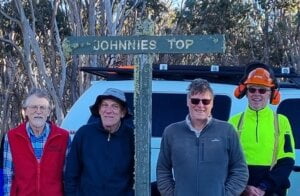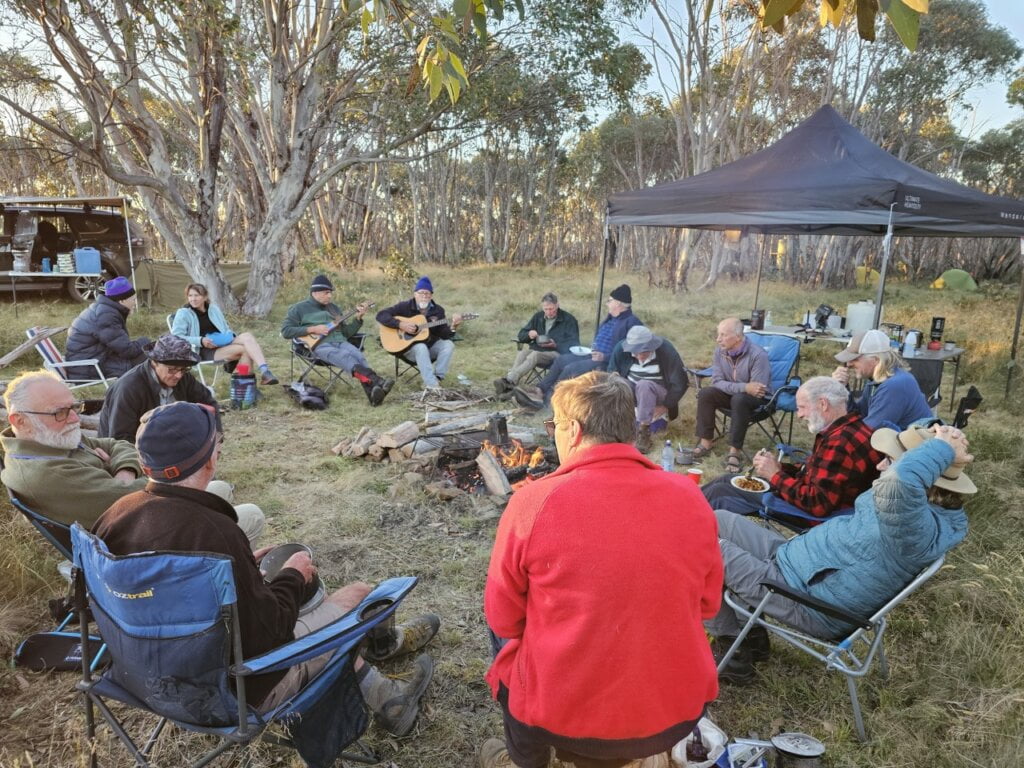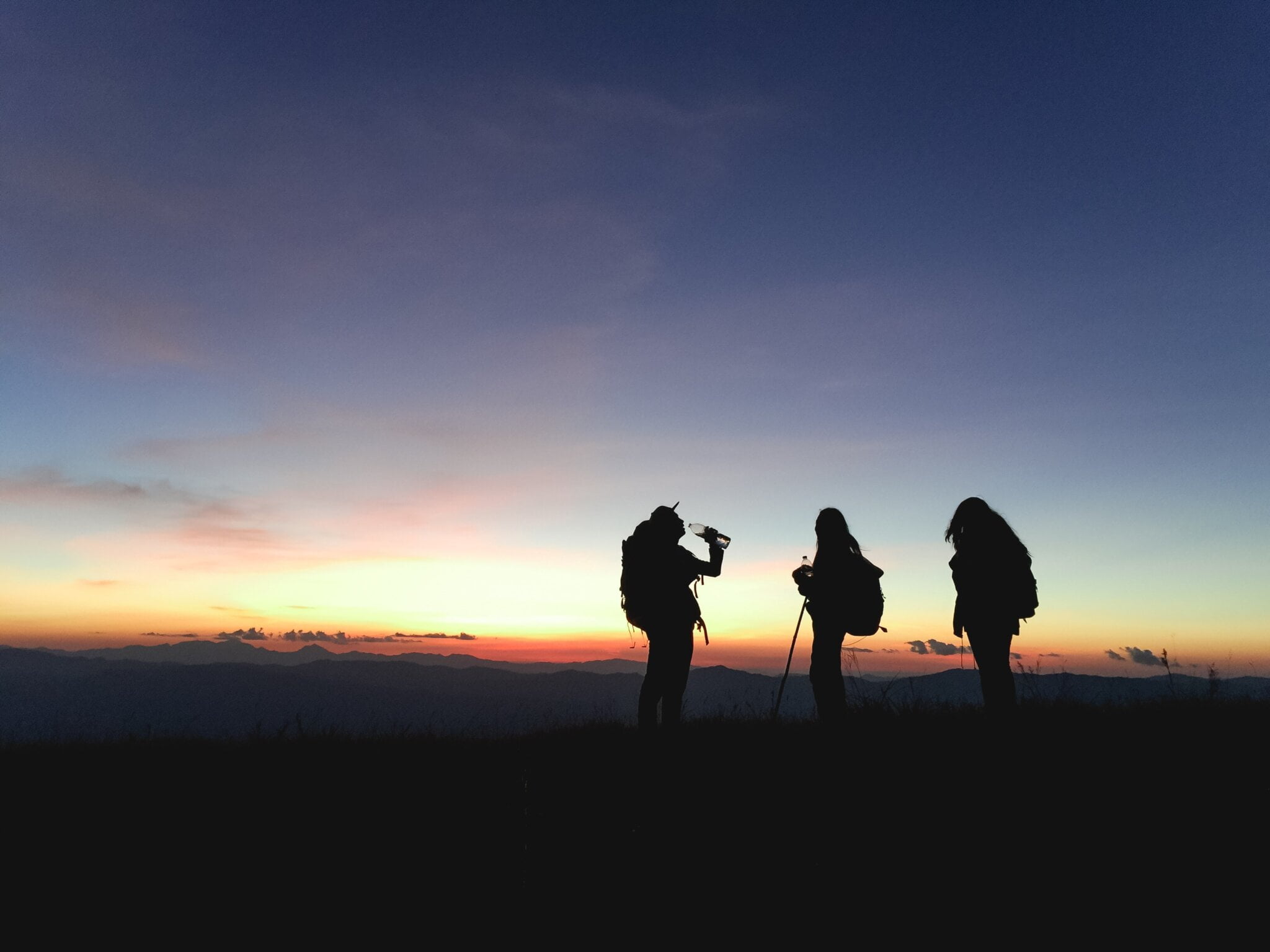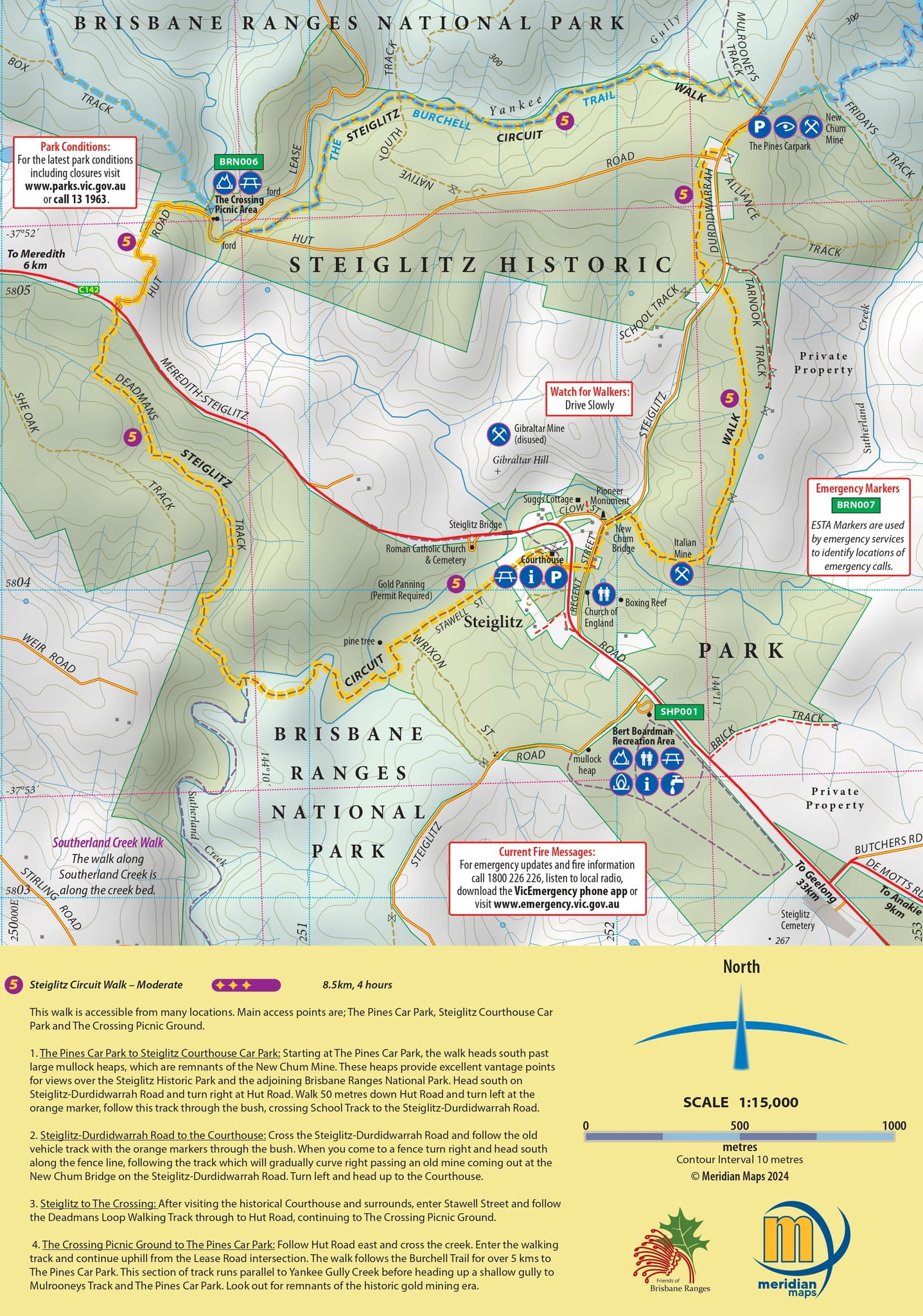
As clubs gear up for their annual AGM, the perennial challenge of recruiting new committee members looms large. In this spirit, Eileen Clark from the Border Bushwalking Club has crafted a refreshingly lighthearted article, shedding light on the responsibilities and joys of serving on the committee. It’s a piece clubs may find valuable to share with their members as they navigate the recruitment process and inspire fresh faces to step up to the plate.
Who does what on the Committee?
The following descriptions are more or less true and may help you decide whether to nominate yourself or someone else for a Committee position at the AGM.
President (Ian)
Leads the Club with a firm but kind hand, making sure we don’t get lost along the tangled pathways of rules and regulations. The President usually chairs meetings, sees that our Club remains inclusive, welcoming and friendly, and ensures we meet the objectives of the constitution. He is pro-active when it comes to issues affecting the Club and encourages members to lead activities in a safe, competent and friendly manner. To do all this, you need the wisdom of Solomon and a strong sense of humour.
Vice-President (Alwyn)
This is the easiest job on the Committee provided the President never takes a holiday, sick leave or other period of absence. Since this is unlikely, it is helpful if the VP has a crystal ball to ensure that they will be present when the President is absent. In our Club, there is no expectation that the VP will automatically be promoted to President at some time.
Secretary (Dick)
The Time Lord of the Committee who turns hours into minutes when recording decisions made at Committee meetings. The Secretary also attends to correspondence and enquiries and maintains contact with Committee members. Key attributes include the ability to find pearls of wisdom among the dross of animated discussion at meetings, and a good sense of dates so that meeting notices are sent out in timely fashion.
Treasurer (Geraldine)
If you can count up to 20 without taking your socks off, this is the job for you. The Treasurer maintains our accounts, authorises payments and prepares financial reports for meetings with details of cheques and balances, incomings and outgoings. This requires a neat and logical mind and the ability to navigate a spreadsheet without using GPS.
Membership Secretary (Sandi)
This is the Keeper of the Records, charged with ensuring that members’ details remain SECURED, PROTECTED and kept PRIVATE. The Membership Secretary processes new membership applications, sends out welcome letters and checks that forms are correctly filled in. While once this involved a mountain of paper and the destruction of several forests, now it is all done on computer and so the ability to use same is an essential attribute.
Activities Co-ordinator (Bernadette)
Keeps us on our toes, saddles, skis, canoes and anything else. The Activities Co-ordinator oversees the program and liaises with leaders to ensure that planned activities are run safely. This is done by checking and approving planned activities before they appear on the Club’s website. The AC regularly reviews Club protocols and policies related to activities to ensure we are following best practice and encourages new leaders by arranging mentors. To do all this, you need a good knowledge of the places we visit, the aforementioned wisdom of Solomon and an operational crystal ball.
Equipment Officer (Wendy)
Do you know the differences between a tent, a teepee and a Trangia? Then think about becoming Equipment Officer. The Club has a selection of equipment for hire and the Equipment Officer ensures this is in good condition and also makes recommendations for replacements or new items.
Social Convenor (Ira)
Many members reckon this is the most important job of all. The Social Convenor ensures we have venues for meetings and appropriate refreshments to enhance our sociability. This requires the organisational skills of a Field-Marshal and the uncanny ability to know how many sausages to order for the Christmas Party when you have no idea how many people are coming. Another responsibility is ensuring the President always has a packet of Tim Tams that never runs out.
Newsletter Editor (Eileen)
If you’ve read this far you’ll have a good idea of what the newsletter editor does. Eleven times a year I must compile a stunning publication packed with news, information and trip reports. You be the judge! The editor has the choice of being on the Committee or sitting outside it and getting the required information in other ways.
Website Manager (Suzanne)
Is responsible for all the back office stuff needed to maintain the Club’s website and, from this month, our Facebook page. It is a highly skilled position and hence is chosen by selection rather than election. The website manager also has the choice of being on the Committee or sitting outside it.
General member(s) (Tim)
This is the member without portfolio, or the odd job man who does a bit of everything as the need arises. Drawing on his vast experience of this and other Committees, Tim has put together some thoughts about what makes a good Committee member:
- Some experience in working with or in groups of people is useful. Committee work is often about cooperation and compromise, and of course conflict resolution!
- It’s not necessary for all BBC Committee members to be expert bushwalkers, but the ability to listen to and take on board opinions of those that are is important.
- Obviously, a keen interest in seeing the Club prosper is important, ie be a keen Club member.
- Committee members should also be capable of creative thinking. Leading a club through difficult times sometimes requires ‘different’ approaches
- People with wide and varied connections within the local community are very useful people to have on committees as often potential roadblocks can be overcome, doors opened, etc.
- Some experience in applying for and managing grants may be useful, depending on our financial position going forward













